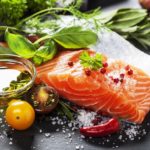Omega-3 is an extremely important nutrient for human health. Omega-3 needs to be obtained from food as our body cannot synthesize it. That’s why foods rich in omega-3 become increasingly important. Omega-3 helps in brain development and brain protection, enhances brain structure, and increases nerve transmission. Omega-3 is also good for the skin, helps us sleep better, and enhances intelligence. It helps maintain good memory and reduces fat in the liver…
When it comes to omega-3 sources, we often think of fish and fish oil. However, there are many other foods in nature that are rich in omega-3, easy to eat, and inexpensive.
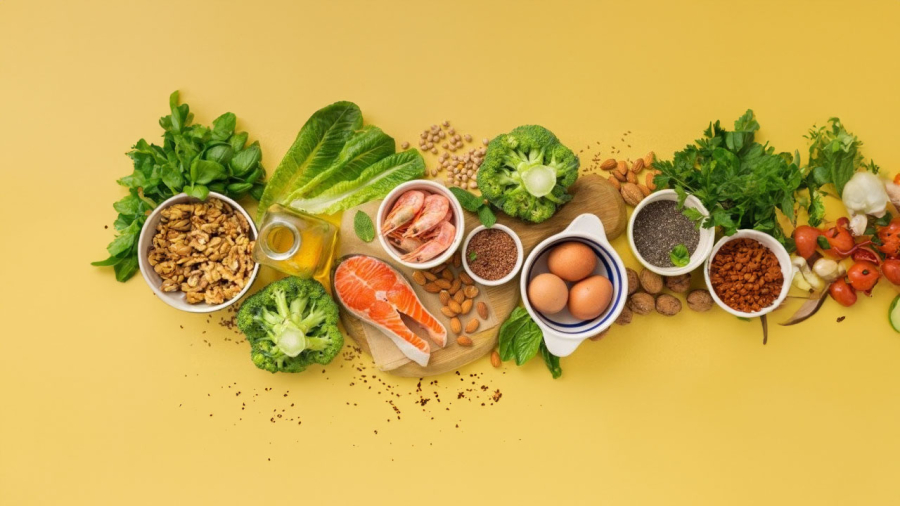
Watercress
Watercress, also known as water spinach or water morning glory, is very abundant in Vietnam and affordable. In 100g of watercress, there are 138mg of omega-3 and 26mg of omega-6. Watercress is also rich in fiber, vitamins A, C, E, K which are very good for daily supplementation. You can use watercress to cook soup, boil, eat in salad, or juice…
Chia Seeds
In 100g of chia seeds, there are 4,915mg of omega-3 and 1,620mg of omega-6. Chia seeds are not grown in Vietnam but they are imported at a very low cost. Chia seeds are also rich in calcium, phosphorus, and protein…
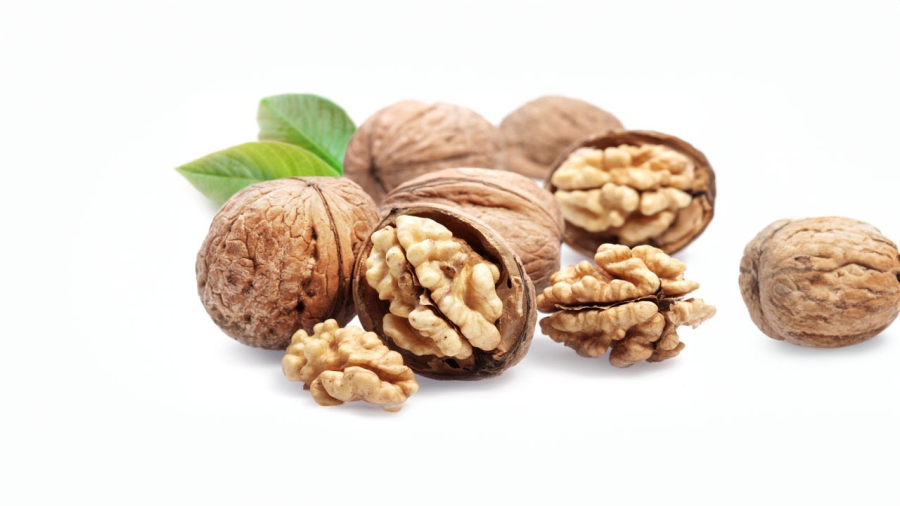
Walnuts
In 100g of walnuts, there are 9,079mg of omega-3, 38,092mg of omega-6. Walnuts are also very nutritious, rich in fiber, and copper. Walnuts are also a healthy snack. Walnuts contain 65% fat and 15% protein. As a type of nut, they have a negligible amount of carbohydrates. The carbohydrates in walnuts are mainly due to their fiber content. When eating walnuts, remember to eat the husks as they are rich in antioxidants that are good for your health.
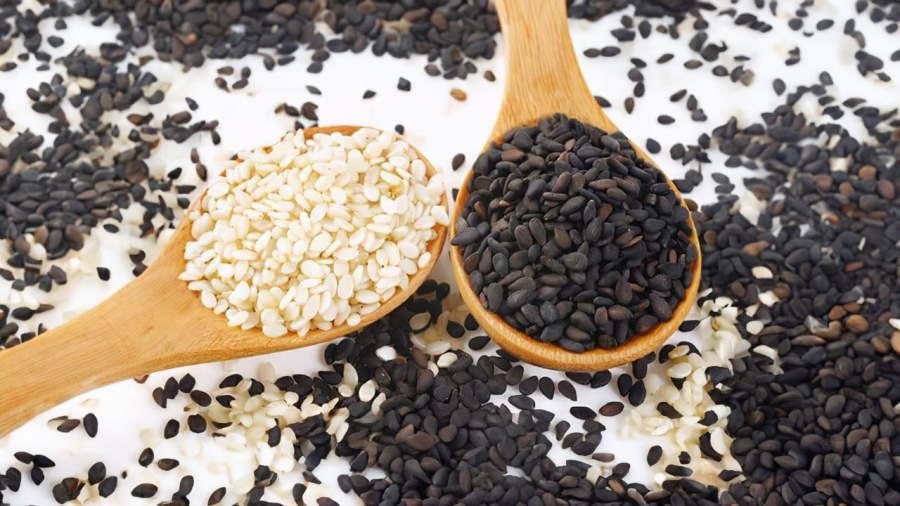
Sesame Seeds
Sesame seeds are also seeds that are rich in omega-3 and especially rich in calcium, making them very good for people who need to supplement omega-3 and calcium, such as children, pregnant women, postpartum women, and the elderly.
Flax Seeds
According to the Harvard Family Health Guide (USA), we can use flaxseed or flaxseed oil to effectively supplement omega-3. A tablespoon of ground flaxseed contains 2,350mg of ALA omega-3, while a tablespoon of flaxseed oil contains 7,249mg of this substance.
Brown Rice
Half a cup of brown rice contains 159mg of omega-3 fatty acids. It also contains nearly twice the amount of protein and fiber compared to regular white rice. Among different types of brown rice, black rice is the richest in omega-3.
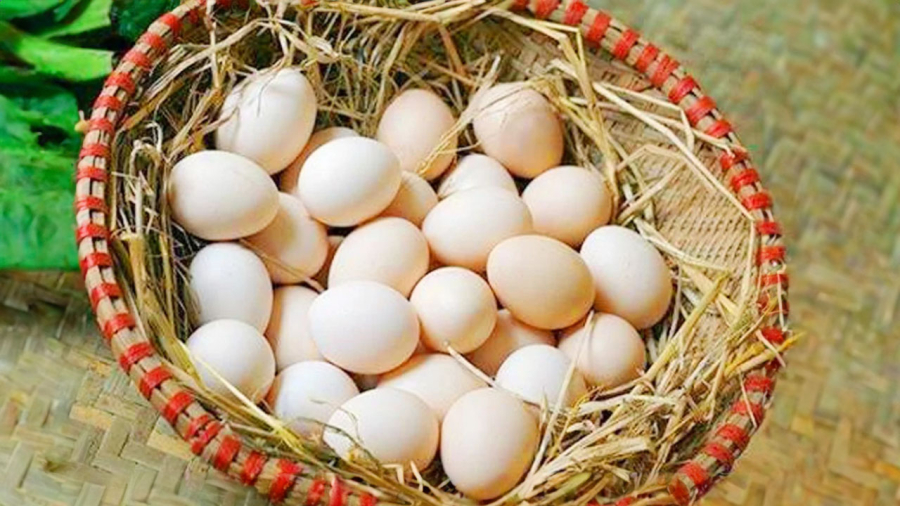
Eggs
Eggs, especially chicken eggs, are very rich in omega-3 while being affordable and easy to find. According to scientists, the omega-3 content in eggs is 70mg/100g of eggs. The main types of omega-3 in eggs are docosahexaenoic acid (DHA) and eicosapentaenoic acid (EPA).
You can eat 1 egg per day and still be safe. However, it is not advisable to eat too many eggs. It is better to eat eggs boiled or steamed instead of cooking them with a lot of oil.
Soybeans
Soybeans are a popular type of beans in Vietnam and are always included in the group of foods rich in omega-3, no less than deep-sea fish. On average, 100g of soybeans contains 1,443mg of omega-3. However, you should note that when processing soybeans, you need to soak the beans to release the nutrient-inhibiting substances in the beans and cook them thoroughly. Also, pay attention to the origin when choosing soybeans, avoid genetically modified soybeans.
Seaweed and Algae
Seaweed and algae are also very abundant sources of omega-3. Seaweed and algae are also important sources of omega-3 for vegetarians or vegans as they are one of the few plant groups that contain docosahexaenoic acid (DHA) and eicosapentaenoic acid (EPA). The DHA and EPA content varies depending on the type of algae and specific products. Moreover, they are also a very good source of protein.
Discover the Top 12 Omega-3 Rich Foods
Contrary to popular belief, not all fats can be harmful to our health. In fact, some types of fat can be beneficial, assisting in the process of maintaining a healthy lifestyle. We often hesitate to consume fat due to fear of gaining weight, but it can be beneficial to learn more about the different types available.

























